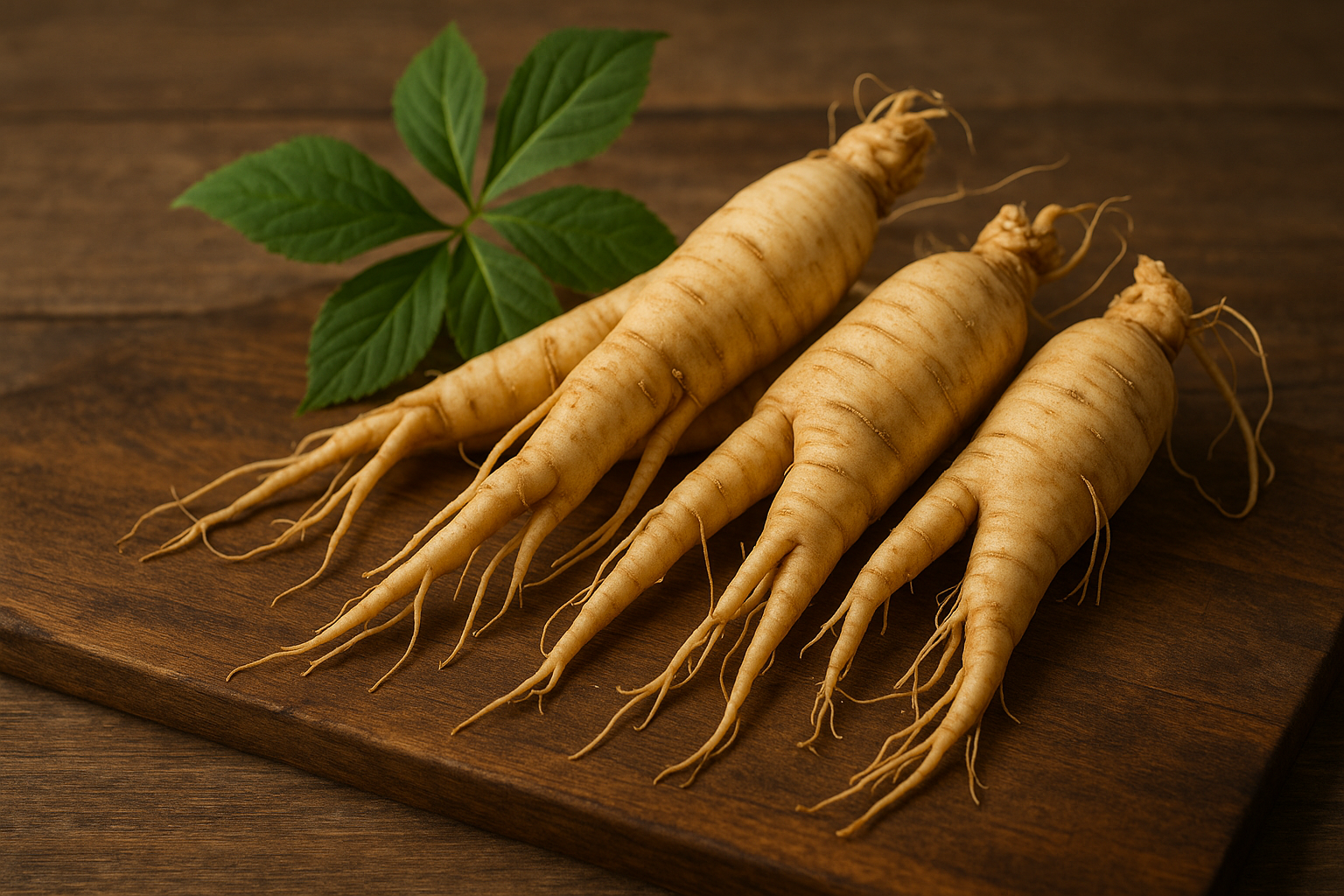
Introduction to Wisconsin Ginseng: Secrets of Nature's Elixir
Wisconsin ginseng, renowned for its exceptional quality, is a gold standard in the world of herbal remedies. Known scientifically as Panax quinquefolius, this American ginseng variety offers a range of health benefits, making it a sought-after component in natural medicine cabinets worldwide. Central to the cultivation and use of this potent herb are Wisconsin ginseng seeds and rootlets, which are critical for both rejuvenating gardens and enhancing wellness routines.
The Rich Heritage of Wisconsin Ginseng
Historical Context
Ginseng's journey in Wisconsin dates back to the late 19th century, when farmers recognized the state's fertile soil and temperate climate as ideal for this precious herb. Today, Wisconsin leads the nation in ginseng production, celebrated for its consistently high-quality yield that has captured global markets, particularly in Asia.
Cultural Significance
The cultivation of ginseng in Wisconsin is not just an agricultural practice but a proud tradition passed down through generations. It symbolizes the fusion of nature’s bounty with human perseverance, embodying a unique cultural heritage that enhances Wisconsin’s agricultural identity.
Understanding Wisconsin Ginseng Seeds
Characteristics and Growth Requirements
Wisconsin ginseng seeds are the cornerstone for nurturing healthy ginseng plants. Harvested from mature ginseng berries, these seeds demand patience and care, requiring stratification – a simulated winter period – to germinate effectively.
Planting Techniques
For optimal growth, it is essential to plant seeds in well-draining soil with a balanced pH under heavy shade to mimic their natural forest habitat. Proper spacing and meticulous soil preparation are crucial to prevent root diseases and ensure robust development.
Exploring Wisconsin Ginseng Rootlets
Morphological Features
Ginseng rootlets, the young roots of the plant, are buoyant in potential. Recognized by their twisted, fleshy appearance, these rootlets contain concentrated levels of ginsenosides – the active compounds known for their therapeutic benefits.
Uses and Health Benefits
From boosting immunity to relieving stress and enhancing cognitive function, ginseng rootlets are a versatile natural remedy. They can be consumed fresh, dried, or converted into supplements and teas, offering a convenient and nutritious boost to daily health routines.
Cultivation Practices in Wisconsin
Sustainable Farming Techniques
Wisconsin ginseng cultivation prioritizes sustainability, using eco-friendly methods to maintain soil health and biodiversity. Crop rotation, organic matter amendments, and minimal pesticide use are integral to these practices, ensuring a healthy yield while preserving the environment.
Seasonality and Harvesting
Understanding the ginseng growth cycle is essential for successful harvesting. Typically, ginseng is harvested in its third or fourth year, with rootlets and seeds collected during late summer or early fall, ensuring peak potency and viability.
Conclusion: Embracing the Power of Wisconsin Ginseng
Wisconsin ginseng seeds and rootlets offer a unique blend of health benefits rooted in rich tradition and sustainable practices. Whether you're an aspiring grower or a wellness enthusiast, immersing in the world of Wisconsin ginseng opens doors to nature’s profound healing powers. Explore this extraordinary plant, and experience firsthand the tranquility and vitality it bestows upon those who cultivate and cherish it.
